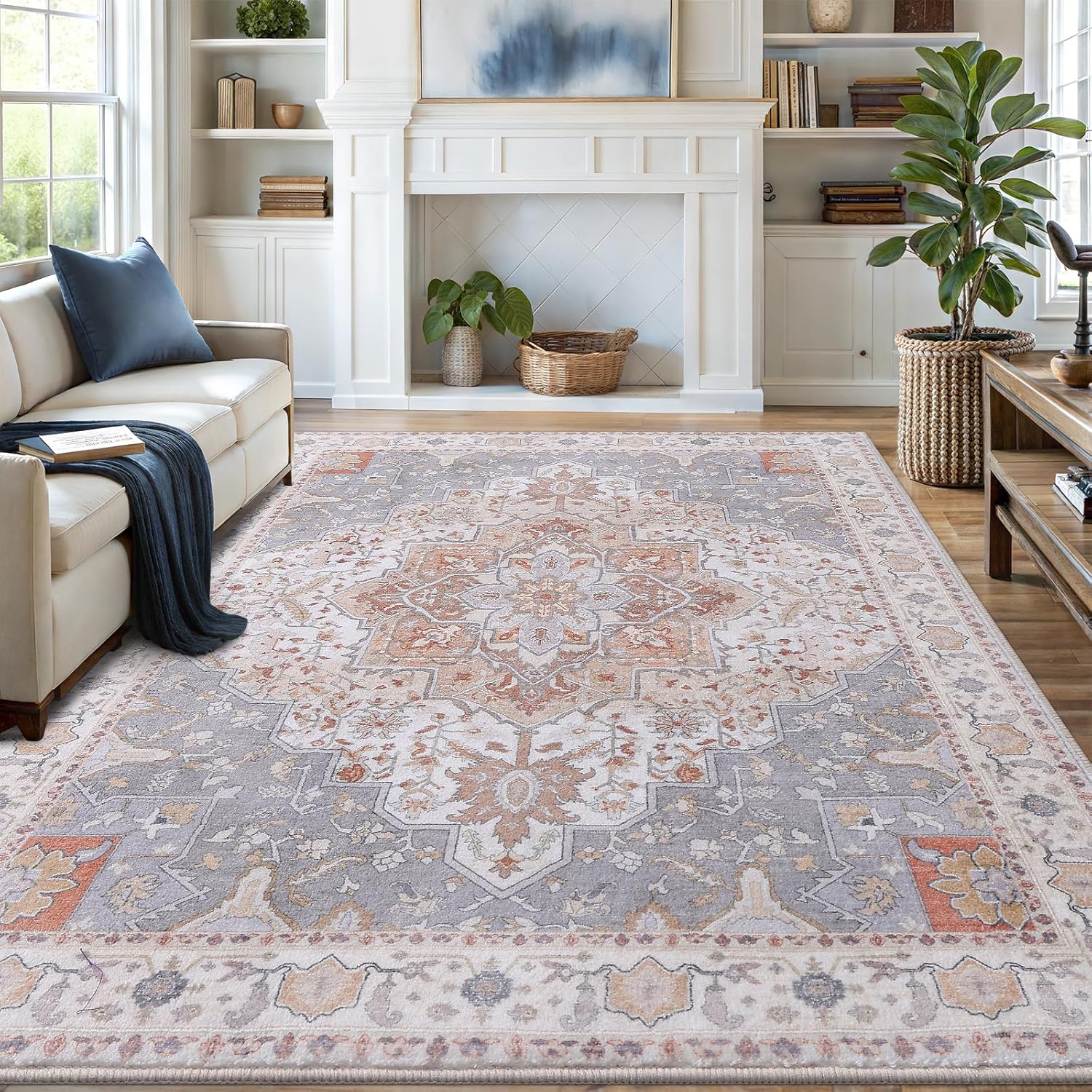The most effective way to remove stains from laminate floors is to use a mixture of warm water and vinegar, gently scrubbing with a soft cloth.
Laminate flooring offers durability and style but requires proper care when stains occur. Unlike hardwood, laminate can’t be refinished, making stain removal techniques critical for maintaining its appearance. This guide reveals professional methods to tackle tough stains without damaging your floors.

Understanding Laminate Floor Composition
Laminate consists of four key layers:
- Backing layer: Provides stability and moisture resistance
- Core board: High-density fiberboard gives structural integrity
- Decorative layer: Photographic image of wood or stone
- Wear layer: Aluminum oxide coating protects against scratches
The wear layer resists stains but isn’t impervious. Quick action prevents permanent damage. For general cleaning tips, see our guide on best practices for cleaning laminate flooring.

Stain-Specific Removal Techniques
Food and Beverage Stains (Coffee, Juice, Wine)
These common stains require gentle treatment:
- Mix 1 cup white vinegar with 1 gallon warm water
- Dampen a microfiber cloth (wring until nearly dry)
- Blot stain gently – never rub
- Dry immediately with clean towel
Oil-Based Stains (Grease, Lipstick, Crayon)
These need a stronger approach:
| Stain Type | Solution | Method |
|---|---|---|
| Fresh grease | Baking soda paste | Apply, wait 5 mins, wipe with damp cloth |
| Dried wax/crayon | Ice method | Freeze, then scrape with plastic card |
Ink and Marker Stains
According to Martha Stewart Living, isopropyl alcohol works best:
- Dab (don’t pour) 70% isopropyl alcohol on cloth
- Press onto stain for 30 seconds
- Wipe gently in one direction
- Rinse with damp cloth immediately
Advanced Stain Removal Methods
Pet Accidents
For urine stains:
- Blot excess liquid immediately
- Mix 1/4 cup hydrogen peroxide with 1 tsp dish soap
- Apply with damp cloth
- Rinse and dry thoroughly
For more pet-related cleaning solutions, explore our article on cleaning pet feeding areas.
Deep Scratches
While not stains, scratches collect dirt:
- Use laminate floor repair paste matching your floor color
- Apply with plastic putty knife
- Buff gently with microfiber cloth
Preventive Maintenance Tips
Daily Care
- Sweep with soft-bristle broom
- Use vacuum with hard floor attachment
- Place mats at all entrances
Weekly Maintenance
- Dust mop with microfiber head
- Spot clean spills immediately
- Check for scratches or wear
Products to Avoid
The North American Laminate Flooring Association warns against:
- Steel wool or abrasive pads
- Wax or polish products
- Steam mops (excess heat damages adhesive)
- Ammonia-based cleaners
When to Call Professionals
Seek professional help for:
- Water-damaged boards (warping or bubbling)
- Large area stains covering multiple planks
- Persistent odors after cleaning

